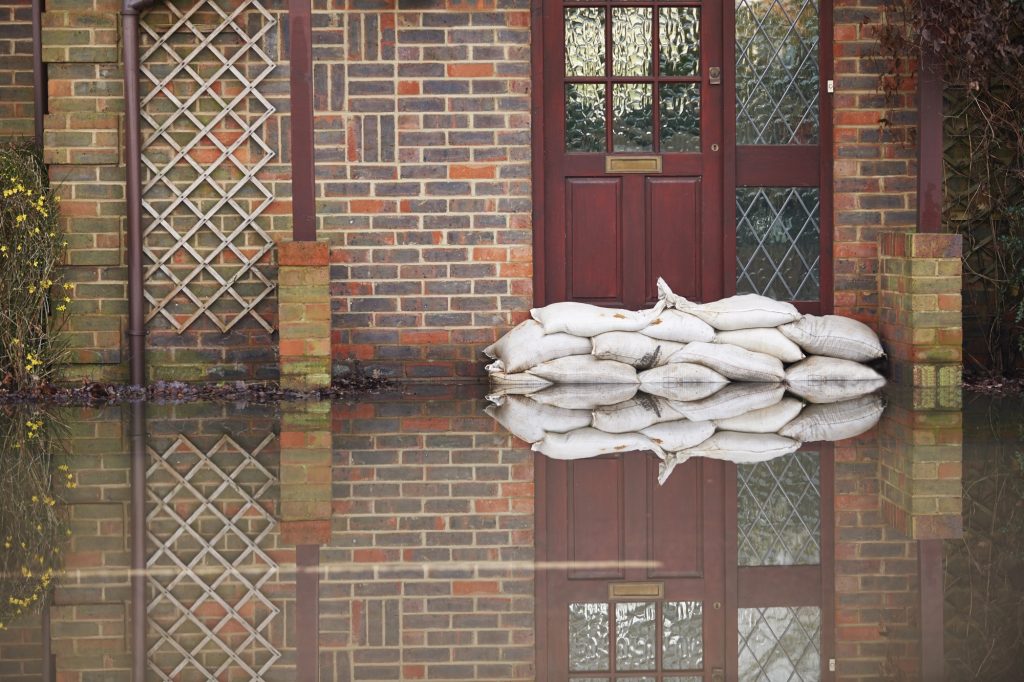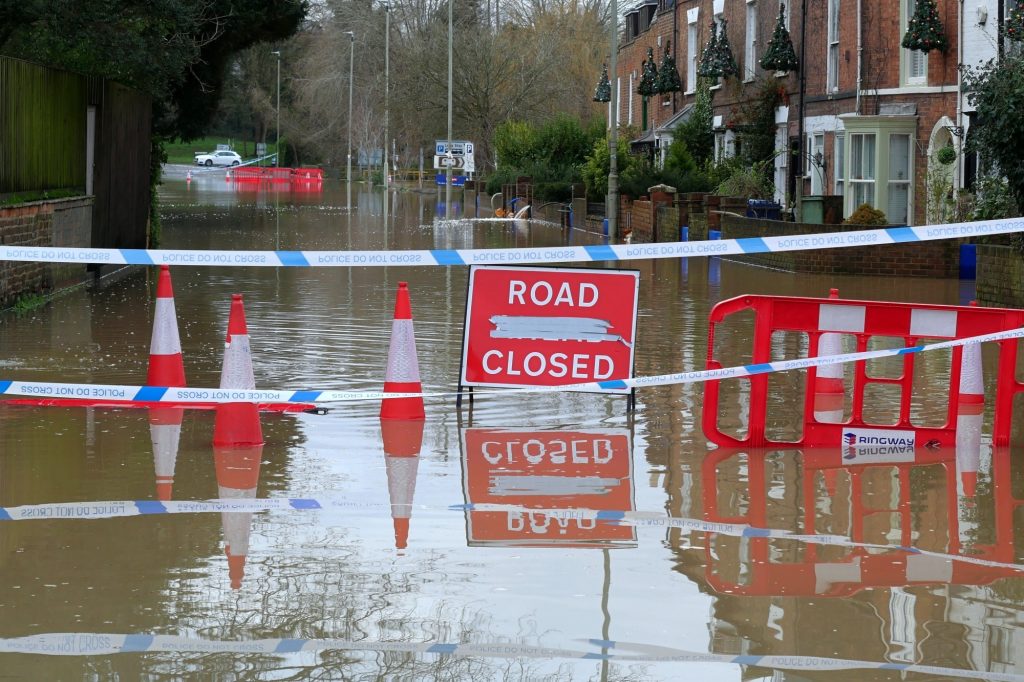Former Environment Agency manager says ‘we can’t engineer our way out’ of flooding from climate breakdown

This post was originally published on this site

A former Environment Agency area manager has said that existing flood defence measures along the Rivers Severn and Wye are “creating a false sense of security” given the increasing intensity of floods due to the climate emergency.
Last week Storm Henk brought fresh focus on flood defences in the UK with rivers and canals bursting their banks and farmers calling for greater protections on their land.
Flood defences in England and Wales are the responsibility of the Environment Agency, which is a regulatory body, and the Department for Environment, Food and Rural Affairs is its parent department in Whitehall.
The former Environment Agency employee Dave Throup took to X (formerly Twitter), and said: “Floods are getting bigger due to a rapidly changing climate. During the floods of 2020, every flood defence on the Severn and Wye was within 0.5-1.0m of overtopping. It will have been a similar story last week.
“Traditionally flood defences were built to withstand a 1 in 100-year flood. This has since been increased to allow extra for climate change – around 1 in 120-140 years.
“But as you can imagine these figures are pretty meaningless today. Recent years have brought a mind-boggling series of extremes.”
Comparing specific floods, the respective flood defences in place, and the increasing frequency of extreme weather, Throup went on to say: “Take Upton for example, dubbed the most flooded town in the UK. Defences built in 2011 after the catastrophic floods of 2007 at a cost of £4.5M have now protected the town over 50 times.
“Last week flood water would have been chest high in the waterside buildings.
“[In] Bewdley where £11M was spent in 2006 defending the west side of the town, protecting 200 homes and businesses, the demountable barriers have done the job on dozens of occasions now keeping Bewdley open and dry even during big floods.”
Throup also evidenced his claims with examples of recent flood defences that are already struggling against unprecedented rainfall in the last decade that has seen river levels higher than ever across the country.
“It’s not surprising then that flood defences built to cope with 1 in 100 year floods are struggling,” he said. “Keswick defences were built in 2012 were overtopped by 1m in 2015. Brechin flood defences completed in 2015 to defend against a 1 in 200 year flood were overtopped in 2023.”
Throup went on to say that it is “important to note though that these defences have less than 1 in 100 year standards of protection. This doesn’t mean the flood defences have failed. They’ve done what they were designed to do. Protect to a certain size of flood.
“Every prediction is showing very significant increases in peak river flows and levels in the near future due to climate change.”
Referring to hard flood defences, Throup said: “We can’t engineer our way out. Raising existing defences won’t be technically, financially or environmentally possible.
“Designing future defences to a much higher standard of protection would make them many times more expensive and physically huge.”
He called for a flood management to refocus around reducing the speed of runoff using “multiple interventions” but said “wide-scale dredging would make things much worse”.
He also warned those living near flood defences against complacency. He said: “They will protect you from most floods. But not all. You should expect to be flooded in future. Have a plan for when it happens.”
Technical manager at the ADA (Association of Drainage Authorities) Ian Moodie MSci said: “The increasing prevalence of flooding is one of the clearest impacts of the climate emergency in the UK.
“Flood defences are vital to the economic and social prosperity of the country. To be most effective our flood defences need to work in harmony with the catchments they sit within.
“Flood defence assets need to be properly maintained, with well managed watercourses that have the capacity to store and convey away flood waters, especially from lowland areas. ADA is concerned that an increasing number of lowland embanked watercourses have breached during recent storm events, and their maintenance needs to be urgently addressed to ensure they are resilient.
“More also needs to be done to utilise agricultural land to store flood water during flood events and then quickly evacuate it afterwards to return it to productive use and limit the detrimental impact upon local communities and the environment. This means fairly paying farmers and local water level managers for these public goods.”
An Environment Agency spokesperson said: “We work tirelessly to protect communities from the threat of flooding, maintaining approximately 76,000 flood assets across England. It is thanks to this work we have protected more than 75,000 properties from flooding caused by Storm Henk.
“It is essential that we get ready for the unavoidable impacts of climate change by adapting and helping the nation to become more resilient. That is why creating climate resilient places lies at the heart of our flood strategy, ensuring we embrace a broad range of resilience actions to make us better prepared, such as £200 million to test and develop new ways to create a nation resilient to flooding and coastal change.”
The government is currently offering financial compensation to people who were severely affected by flooding brought on by Storm Henk.
This comes after it was revealed that hundreds of flood defence projects were removed from the Environment Agency’s plans.
Like what you’ve read? To receive New Civil Engineer’s daily and weekly newsletters click here.





Responses